While the term “Forest Bathing” may paint the mental image of a semi-risqué outdoor activity that requires a remotely-located bathtub and a rubber ducky sidekick, that’s a common misconception. Or a brand new kink.

What is Forest Bathing?
All jokes aside, Forest Bathing, a North American coinage for the well-established Japanese practice of shinrin yoku, is recognized for its positive effects on mental, physical, and spiritual well-being.
Drawing on centuries of intuitive knowledge, forest therapy recognizes our inherent connection to nature and the profound importance of nurturing that bond. Whoever posited that we should “stop and smell the roses” may have been on to something.
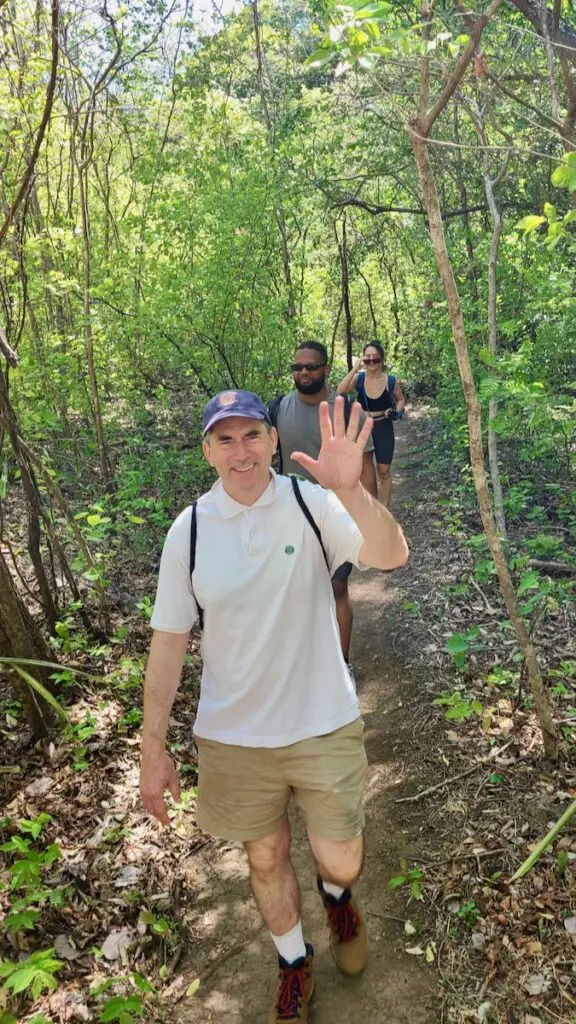

Ok… but what is Forest Bathing???
City-dwellers are all too familiar with the daily grind. Heavy traffic, unexpected delays, lineups for iced coffee, jarringly odd smells, that unhinged neighbor who won’t sashay away… it’s all part of the tapestry of modern urban life. And it induces stress, raises blood pressure, and takes a heavy toll on the human body in immeasurable ways.
Forest bathing is a remedy for the stress inherent to our busy, everyday lives. Think of it like sunbathing, except replace the sun with an old-growth forest. Or think of it like meditation, except the goal is to connect with one’s natural surroundings.

A forest bathing experience begins simply by entering a forest. Environmental immersion is key to unlocking its benefits, so bathers must engage more than just their sense of sight. Declutter the mind by breathing deeply, smelling the fragrances given off by trees, and focusing on tangible elements like the vibrance of a flower petal, the call of a songbird, or the texture of a tree trunk. This is one experience where the journey truly is the destination.
The health benefits of Forest Bathing
What is it about trees that makes buddying up to them so beneficial? As one of nature’s oldest and most stoic lifeforms, it’s easy to forget they exist on a much grander scale than any human, with some trees capable of living for thousands of years.
Walk amongst them and you’re likely to notice individual scents made up of compounds they release into the air known as phytoncides, which have unique features. In a 2009 study, Japanese scientists showed that inhaling these compounds can lower stress hormones, reduce blood pressure, and boost the production of white-blood cells.
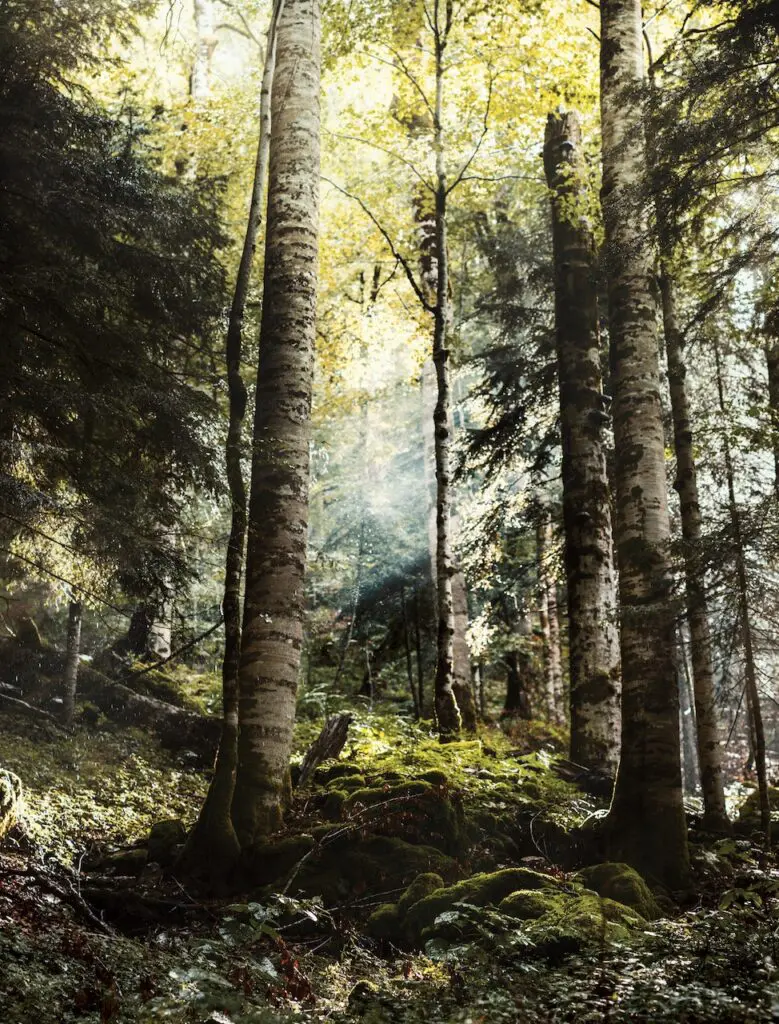
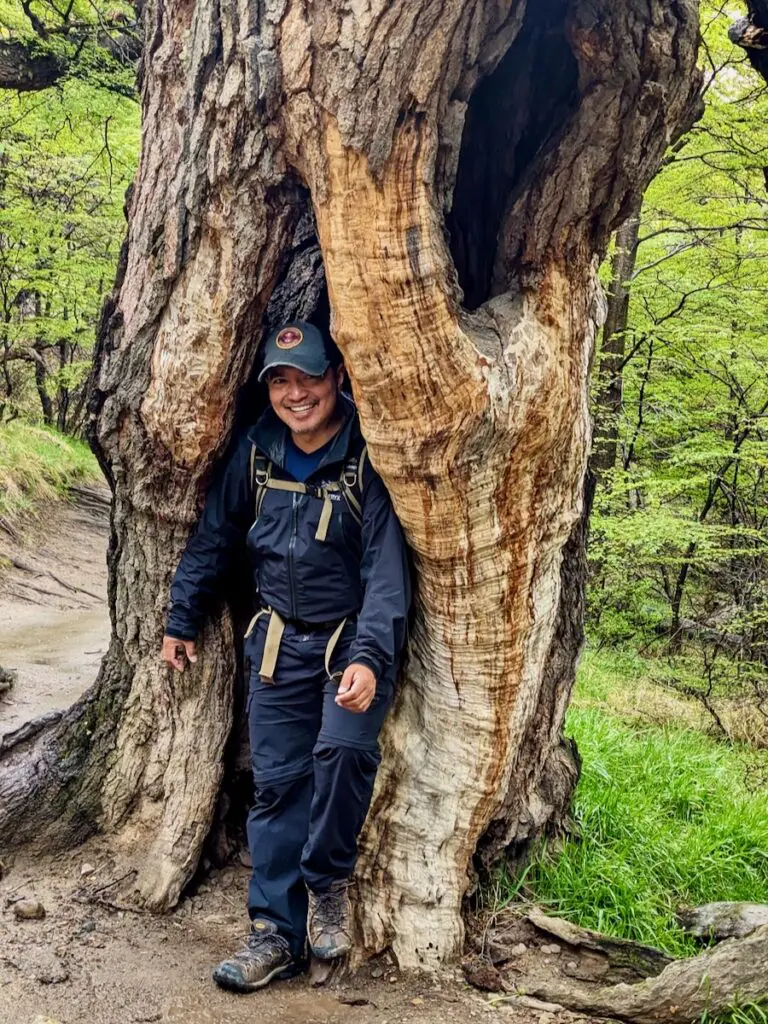
A 2011 study explored the effects of forest bathing on blood pressure and stress hormones, compared to walking in a city. Participants aged 36 to 77 saw remarkable improvements in systolic blood pressure, decreasing from 141 mmHg to 134 mmHg after only 4 hours walking in the forest vs. walking in a city, even though both activities required the same amount of physical exertion.
There’s no need to climb any trees to relieve stress, unless the tree in question is someone you met in a bar, in which case we advise using your best judgement.
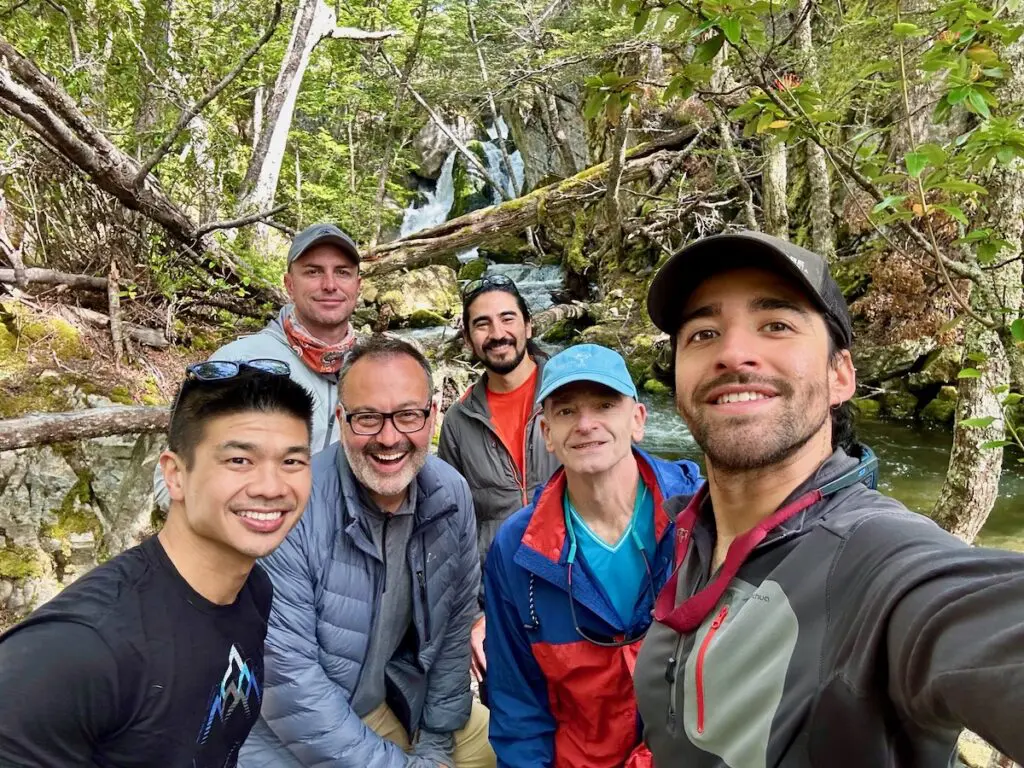
Will any forest do the trick?
Yes, a walk through any forest will offer forest bathing benefits, however old-growth forests boast unique ecological features that make them the preferred candidates.
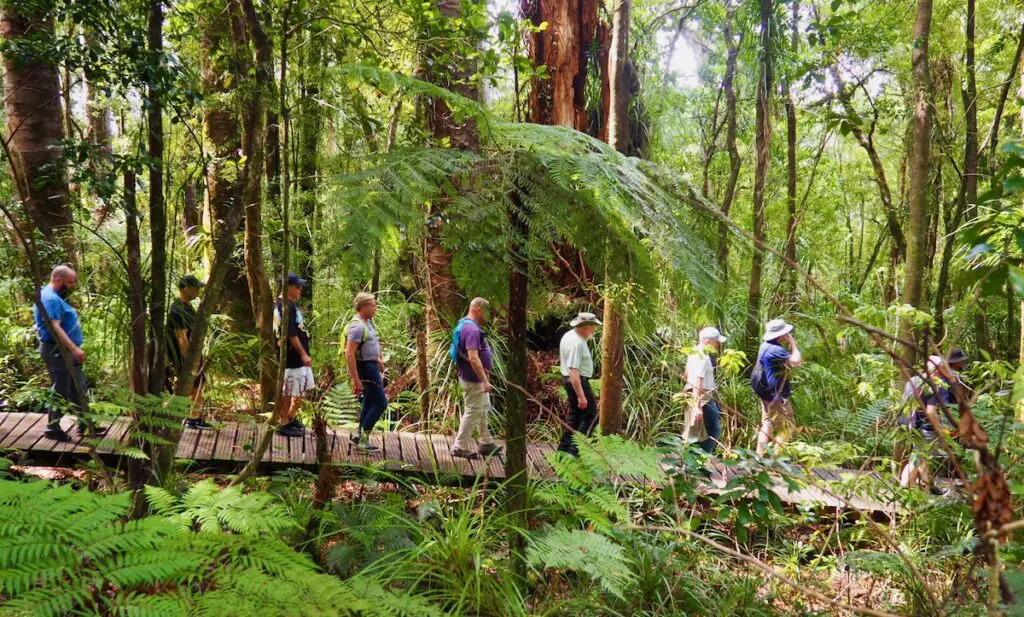
An old-growth forest is one that has grown undisturbed over a substantial period of time. They’re characterized by the presence of large, mature trees of long-lived species that have surpassed the traditional age of harvest. It’s important to note that a forest doesn’t necessarily have to be ancient to be classified as old-growth, as different tree species have varying lifespans. What matters to researchers is that these forests have experienced minimal human interference and have remained largely undisturbed.
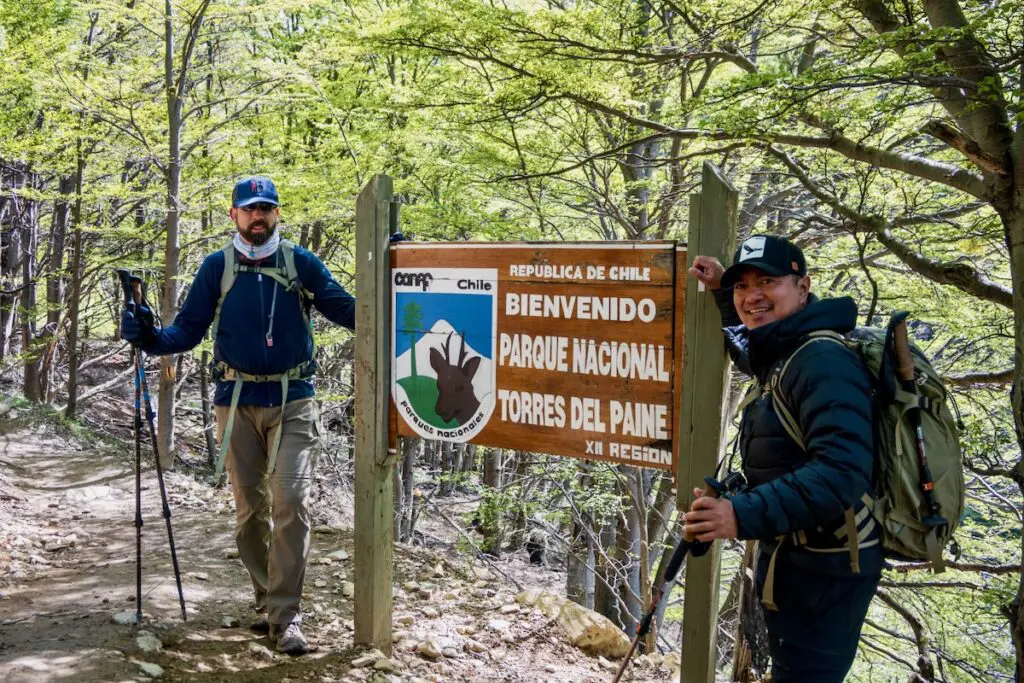
Adventures in Forest Bathing
Those looking for the quintessential forest bathing experience may find it on our Montenegro & Albania: Balkans Adventure, which offers hikes through some of Europe’s oldest protected forests. Our Chile: Active Santiago, Atacama & Patagonia tour includes an overnight stay in a forest campground, while our New Zealand: North Island Cultural Adventure features a stroll through Waipoua Forest, home of the kauri, one of the world’s mightiest trees.
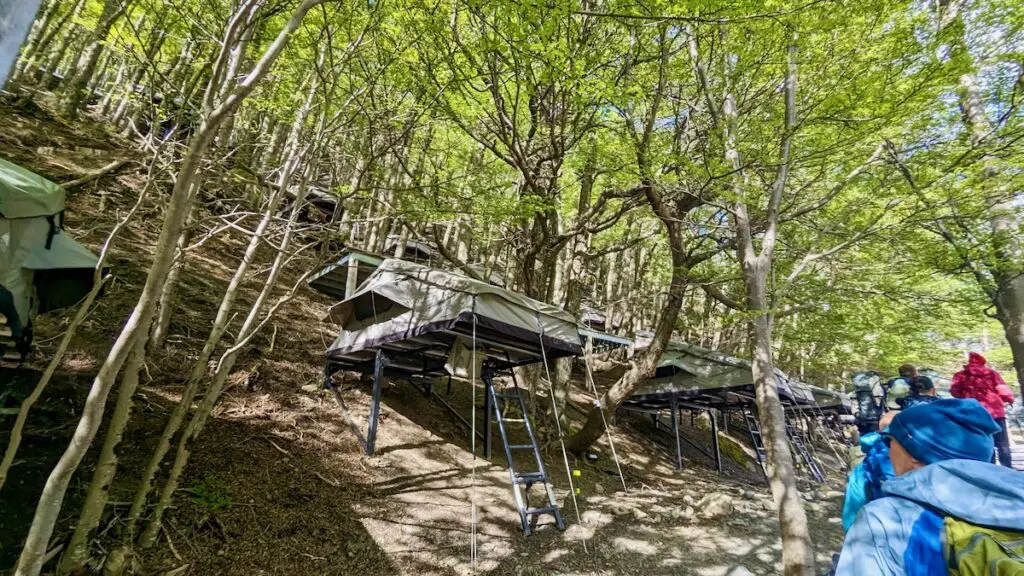
Our Bhutan: The Kingdom Of Happiness tour boasts multiple guided nature walks through bamboo and pine forests that have purposely been left alone for centuries. Additionally, the rainforests of Costa Rica, Peru, and Rwanda offer access to the health benefits of forest bathing. Last but not least, our Japan: Osaka, Kyoto & Tokyo tour stops in Nara Park, which offers a forest-like experience where you can practice shinrin yoku while hand-feeding friendly deer.
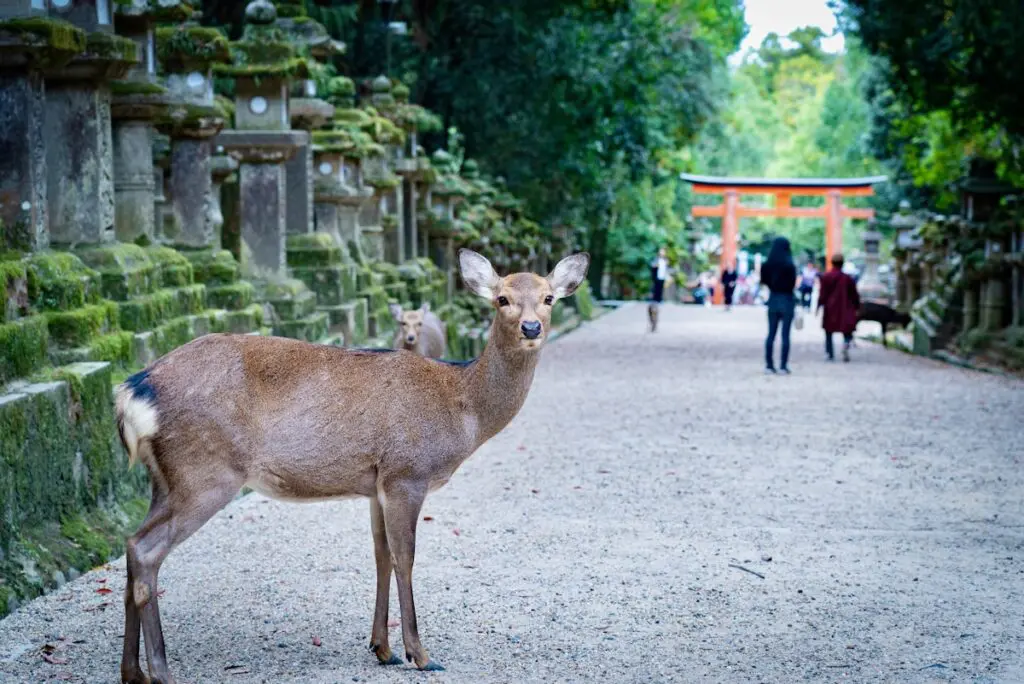
In a world dominated by technology, the simple practice of connecting with nature may seem like a novelty with pseudo-scientific benefits, however it was a practice intrinsic to our ancestors. Even without the backing of modern science and data, their reverence for the ethereal majesty of nature was drawn from the healing power gained through a walk amongst our deciduous and coniferous friends. We are, after all, animals who enjoy a symbiosis with our surrounding flora, whether we know it or not.

These tours offer forest bathing experiences:
Bhutan: The Kingdom Of Happiness
Chile: Active Santiago, Atacama & Patagonia
Costa Rica Gay Eco-Adventure
Japan: Osaka, Kyoto & Tokyo
Montenegro & Albania: Balkans Adventure
New Zealand: North Island Cultural Adventure
Peru: The Amazon & Machu Picchu
Peru: The Inca Trail & Machu Picchu
Rwanda: Gorilla Trek Extension
Tanzania: Kilimanjaro Gay Climb
Featured Posts
To help you prepare for our Montenegro & Albania gay hiking tour, we compiled everything you need to know below. Read on, and then trot on. Read More
A preview of the hotels Out Adventures has selected for our gay Chile tour to Santiago, Atacama, and Patagonia. Read More
Japan has a fascinating homosexual history, from open-minded Buddhists to promiscuity, alleged sex cults, and even Gay Samurai. Read More
Costa Rica gay tourism might be the best-kept secret; dazzling nightlife, lush jungles, pristine beaches and a volcano! Read More
An award-winning ecolodge, five-star dining and an array of exclusive excursions await the gay traveller interested in visiting the Peruvian Amazon with Out Adventures. Read More
